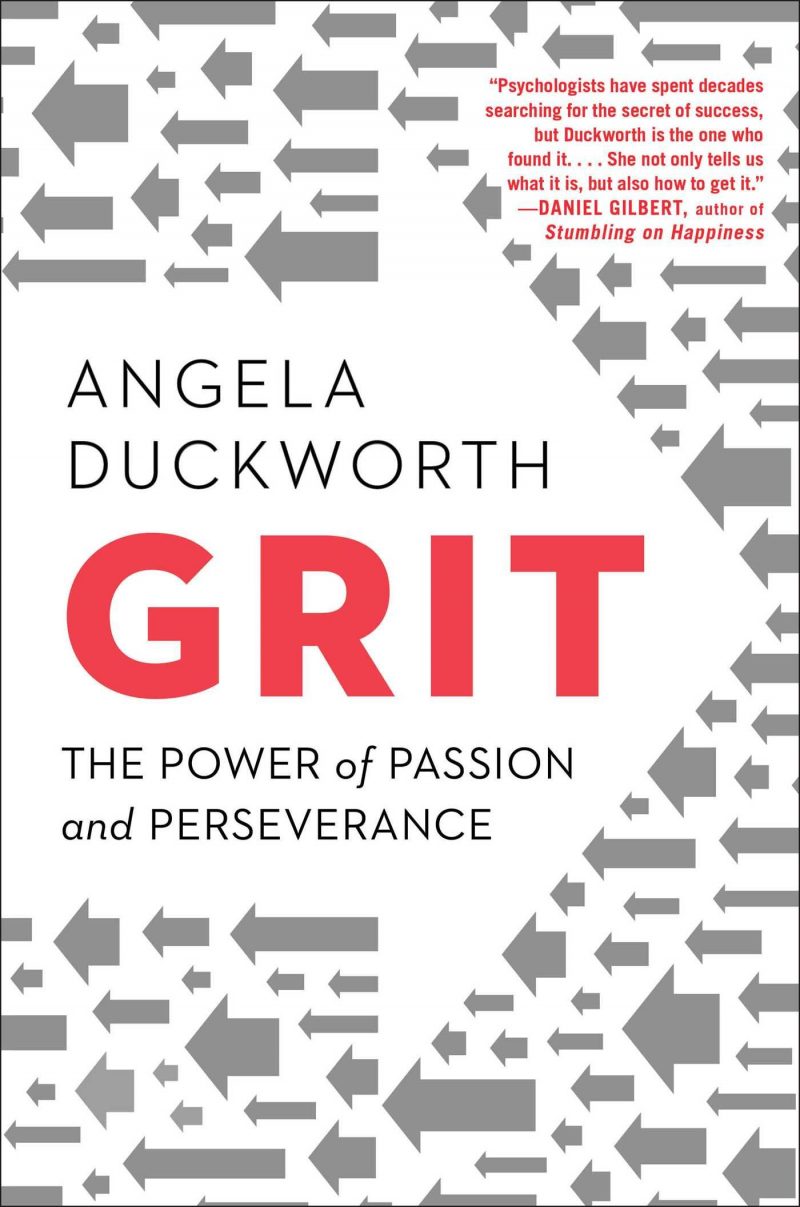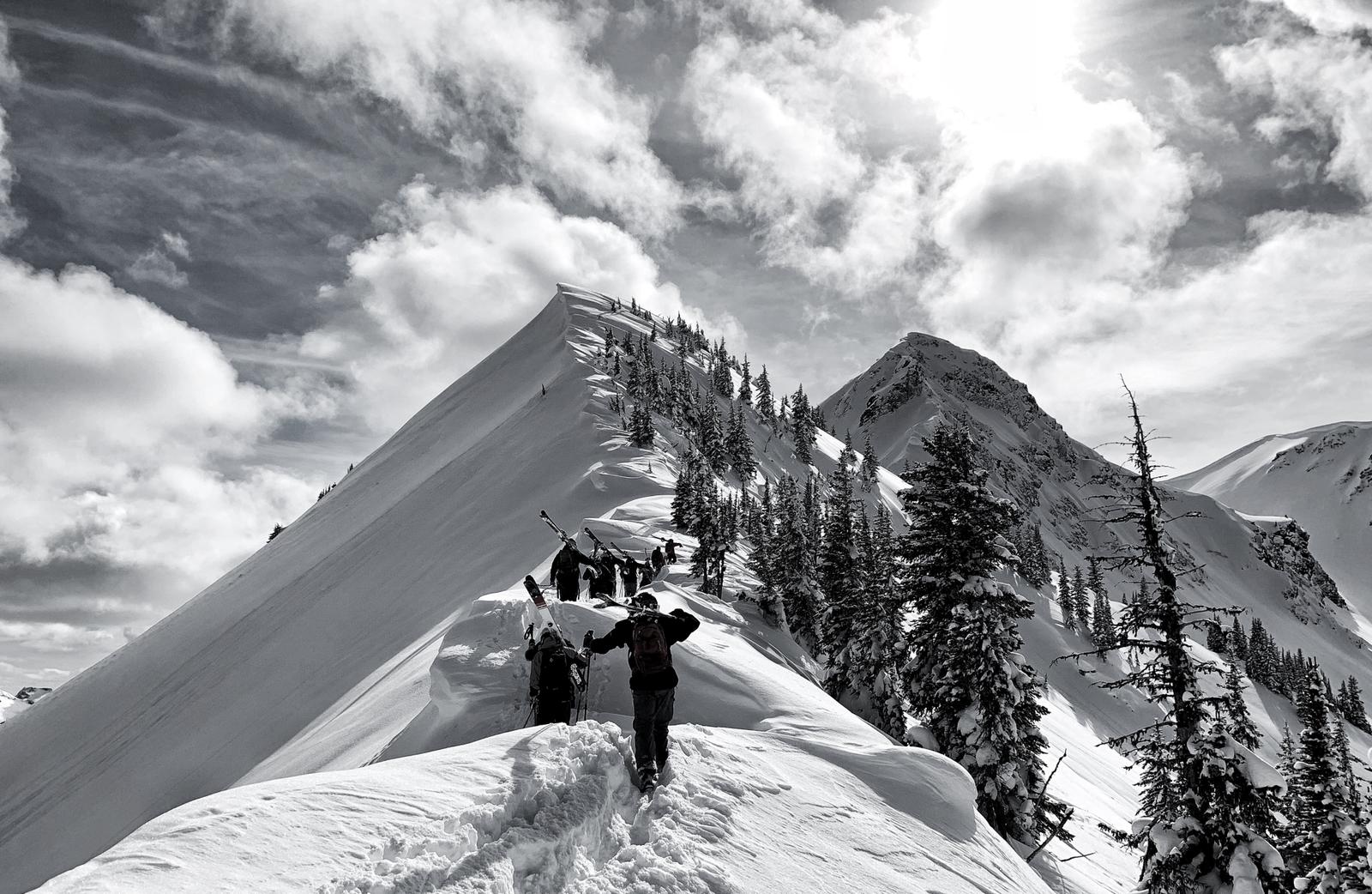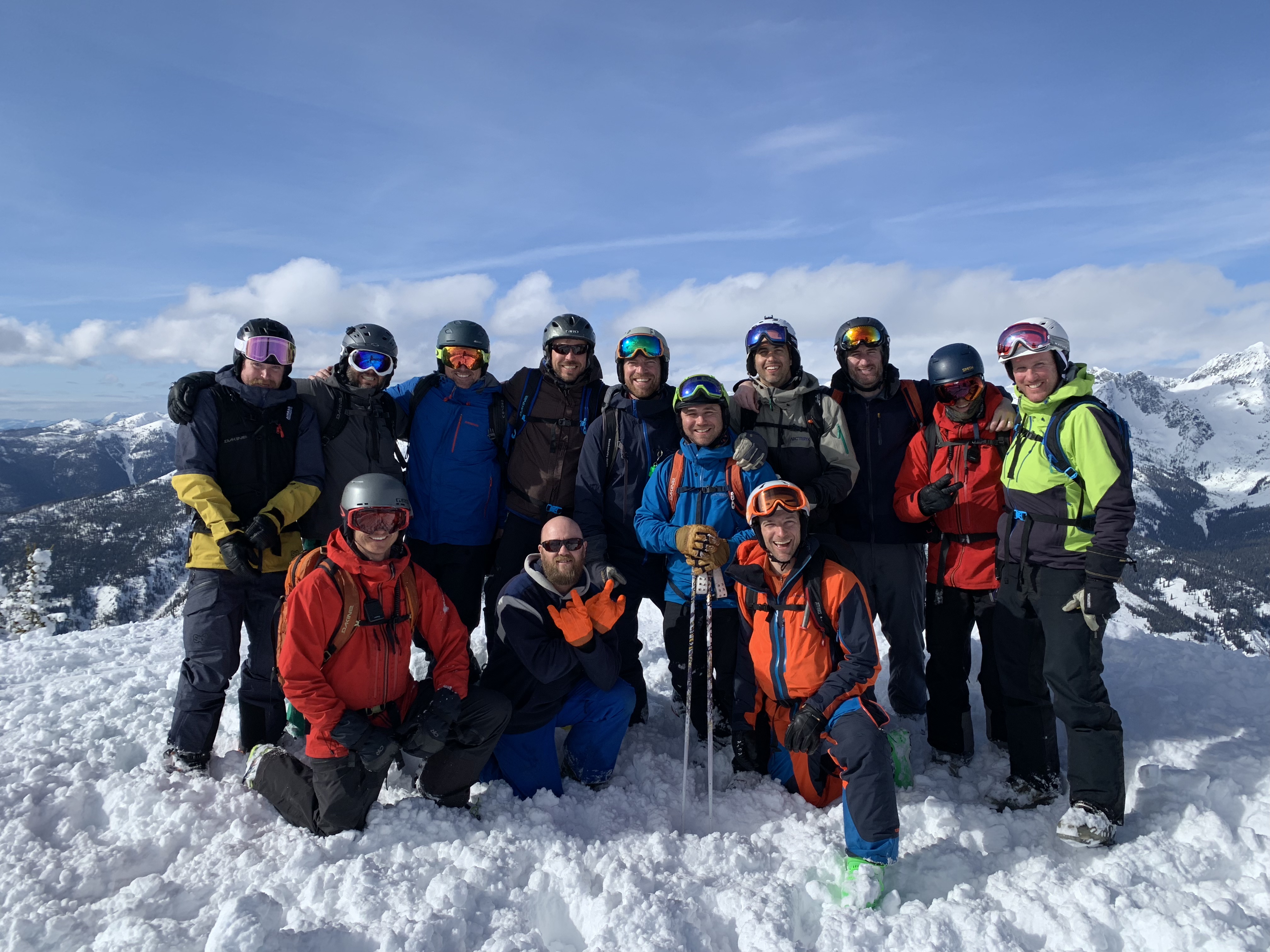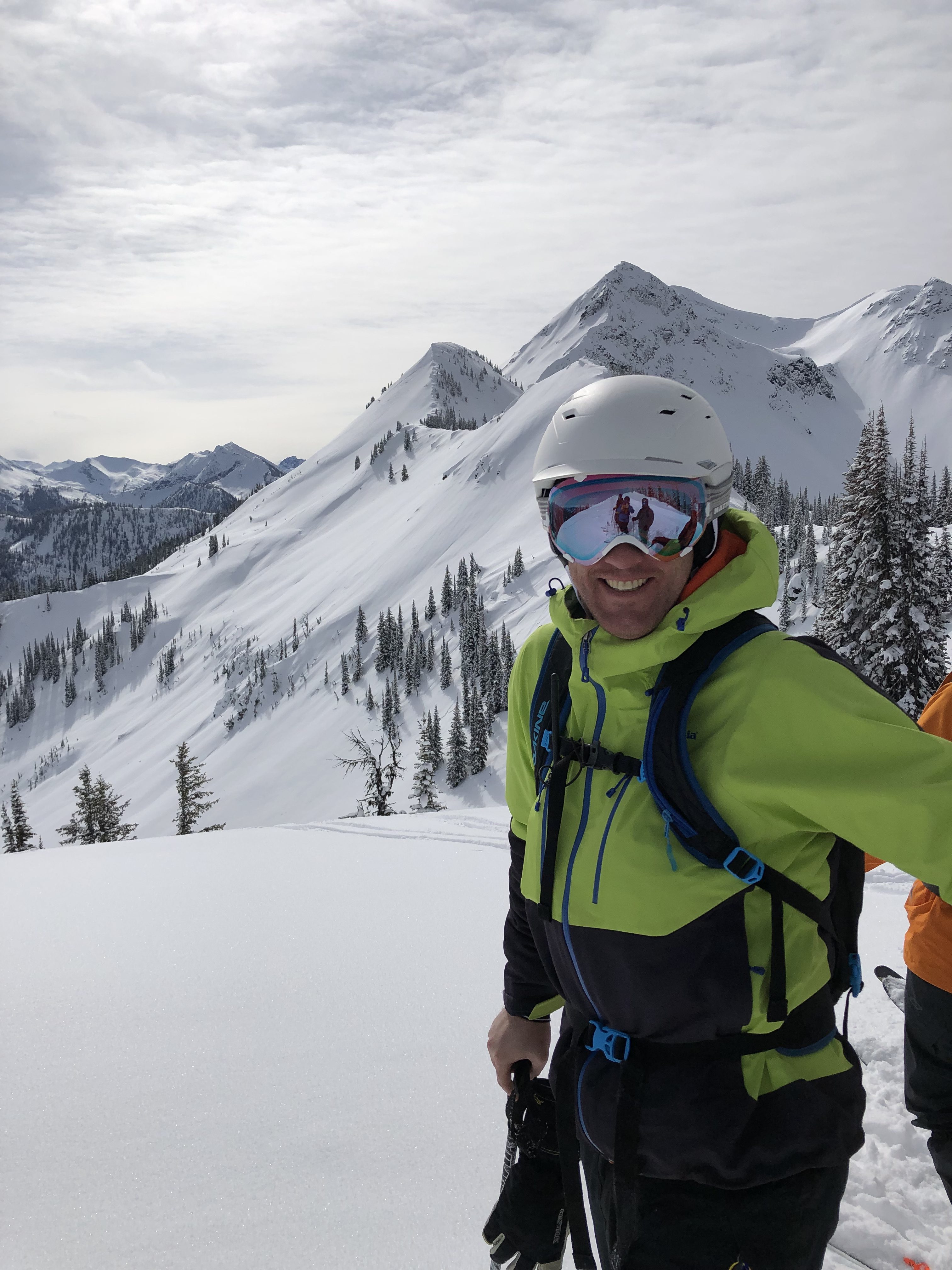4.45 minute read
Portsmouth
As Entrepreneur Owner-Managers (EOMs), our decline almost always begins during the most successful period of our business lives. Often, it is a time when accomplishments become increasingly interrupted by preoccupation with the ultimate reality of transition, the final test of leadership. Must we be reminded that sound succession decisions are best made when things are going well, the poorest when they are not?
Some of us EOMs are poor students of history. Uncertainty is upon us in historically dramatic form. What may have been sufficient or exciting when the EOM founded or entered the business twenty-five short years ago has morphed into a landscape of constant change, at a pace and magnitude never before experienced. External environment changes loom everywhere, threatening as well as supporting. No CEO can fully avoid preoccupation with this new world confronting her business and most especially… her leadership.
The management “family” that shared our passion and mission resulted in a high performing operating culture which produced outstanding results. The business grew and grew. With good luck coupled with hard work and talent, Enterprise Value increased dramatically—far beyond what the Owner-Manager ever imagined. But too often a time of peak performance and gratitude for the business “family” leads to a wish for security that actually accelerates the CEO's decline.
And then… personality change: curt, preoccupied, risk avoiding…some might describe depressed. The “boss” seems more and more distracted in meetings and on the phone. He seeks soothing for his fears, first outside the company: his Forum group, a “personal coach.” Customers often sense temperament change from afar. Internally, our self-concern can become toxic. We may attempt to give more responsibility for critical decisions to “the team.” But what is the impact to the team when they recognize symptoms of an Owner-CEO who has stayed too long?
Some of us EOMs are poor students of probability theory. Performance naturally regresses to the mean. Our rational brain urgently whispers, "transition out; you are holding the organization back." But that ancient limbic portion of our brain’s appetite for control and influence goes on forever.
Sometimes, the natural progression of the Firm to thrive independently beyond the legacy CEO is constricted by an aging leader bent on shielding the Firm from what he sees are potential disappointments and pain. The organization never grows and matures, and so the aging leader is never lonely. It’s an unhealthy conspiracy forged slowly as the behavior on both sides unfolds by thousands of little actions, with metaphorical knowing winks and nods. The aging leader plays the martyr, doomed to spend the rest of his life supporting the Firm (because don’t you understand there is no one else who can do it), and his legend of self-sacrifice is told and re-told by supporting friends and colleagues. He broods in his office imagining himself unselfish, oppressed.
Everyone asks “why?” They could know and act, but commonly don’t have the courage to.
This is our chance. Are we skilled enough at knowing ourselves to overcome our ancient limbic brain? Do we dare acknowledge the consequences of good luck visited on our skill, and initiate needed management and ownership transition with the same energy that launched an outstanding business twenty-five short years ago?
What I am Reading / Listening to
Grit: The Power of Passion and Perseverance by Angela Duckworth was a fascinating read both personally and professionally. Many Grit characteristics can be easily translated into useful parenting tools. A personal favorite is her “Hard Thing Rule” in which you work on something intentionally hard. I have found patience can be a hard thing. As a father I have worked at this continually for over three years. In return, it has hopefully helped my children learn Grit characteristics through everyday “failures.” We always “try again” instead of performing the task for them.


So, would being a parent of two children 20 months apart qualify as a definition of Grit? Interestingly, many childrens' books communicate Grit in a manner my 3-year-old can understand. We read The Little Engine that Could by Watty Piper, Brick by Brick by Giuliano Ferri, Chica-Chica Boom-Boom by Bill Martin Jr. and John Archambault, and Oh, the Places You’ll Go! by Dr. Seuss; to name a few. Our nightly reading inspired me to seek out some more advanced reading on the topic.
The Grit mindset overlaps with the concept of “buoyancy” described in To Sell is Human: The Surprising Truth About Moving Others by Daniel Pink as a “gritty spirit and a sunny outlook.” I found this book to be equally insightful as a parent and professional, as I explored topics such as attunement, clarity, improvisation, and to serve.
On a separate topic, the podcast Pro Rata with Dan Primack which is a “collision of tech, business, and politics” has secured a spot in my morning routine.
Entrepreneur Owner-Manager Quote
“The epiphany for me is taking complex issues and finding simplicity from the mayhem, noise, and drama that is prevalent with owning and running our own company."
-Mark McNabb, Founder of McNabb Properties, Ltd
Energy Creation

There is a tradition that has endured in my life from a time before Bigelow, before kids, before marriage. Nine close college friends come together for our annual ski trip: one week in the wilderness rejuvenating, resetting perspective, and pushing ourselves physically. While our group has flexed in size over the years as family, work, and other commitments have taken immediate priority, the lasting tradition has remained alive for nearly 20 years now.
In early March we ventured to a uniquely intimate 24-guest lodge deep within the inland rainforest of British Columbia, a five-hour drive from any international airport and 30 minutes from anywhere with a zip code or (cellphone service). Over 100 years ago this forgotten set of coordinates was the site of a bustling silver mining town but was deserted in the ‘50s when the mines dried up. In the late ‘90s a local group established the lodge and gained usage rights to the land for skiing access.

So this was our second trip to Retallack. It simply doesn’t compare to any of the more mainstream locations we’ve visited over the years; no ski lifts, no crowds, and no luxury resorts. It’s hard to describe with words the beauty and grandeur of this stretch of the Canadian Rockies and I find myself in awe every time we ascend a new ridgeline or peak.
Backcountry alpine skiing brings added physical risks and so demands intense focus and respect for Mother Nature to manage its challenges. Navigating unmarked, variable, and unknown terrain requires an extra high level of attention to your safety and that of your fellow skiers. The resulting camaraderie built on the mountain doesn’t exist in traditional lift-access skiing and conquering the terrain affords a sense of group achievement at the end of each exhausting day.
Connecting with friends and nature in this way puts a lot of the average daily challenges into perspective for me. Disconnecting from that daily activity for a few days allows me to refocus my thoughts with a clean slate and refreshed outlook. It’s rare to be without a cell phone or email for even ten minutes as technology follows us in the car, on the plane, on our bedside table. I feel blessed we can make this annual excursion a reality and that this wonderful tradition has withstood the test of time. And while it’s difficult to disconnect, the freedom that comes with a week of no cell service can revitalize your soul and give you greater clarity and sense of purpose when you resurface.

© 2024 Bigelow LLC. All rights reserved.


